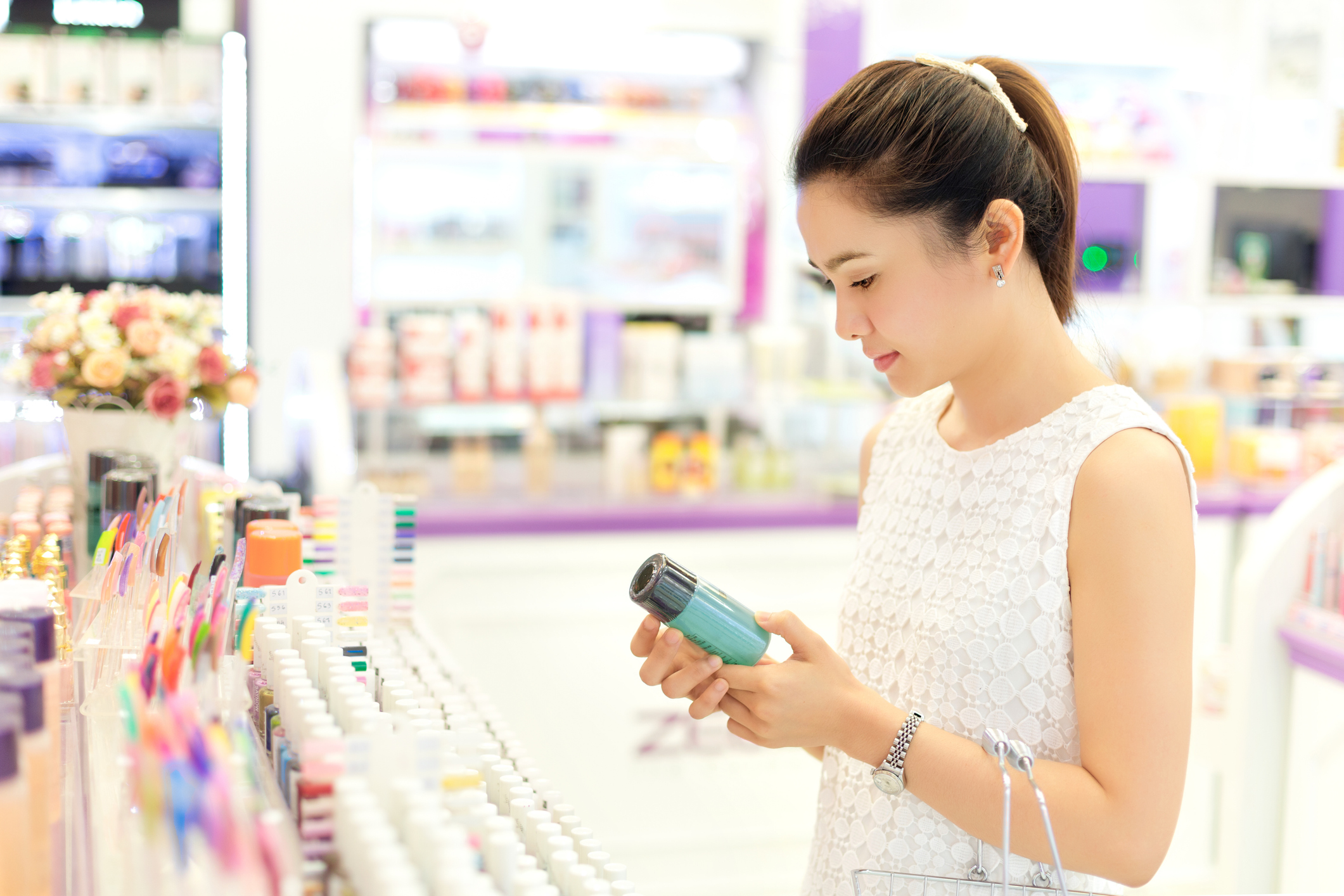Cosmetic facility registration is a critical step for businesses involved in the production and distribution of cosmetic products. This registration process ensures that facilities comply with national and international regulations, promoting the safety and quality of cosmetic products. By registering a facility, businesses can demonstrate their commitment to adhering to industry standards, which in turn fosters consumer trust. Furthermore, it enables regulatory bodies to monitor and manage the production of cosmetics effectively, helping to prevent the distribution of harmful or substandard products. In a market where consumers are increasingly concerned about product safety and ethical manufacturing practices, having a registered facility can significantly enhance a brand’s reputation and marketability.
2. The Regulatory Landscape for Cosmetic Facilities
Navigating the regulatory landscape for cosmetic facility registration can be complex, as it varies by country and region. In the United States, for example, the Food and Drug Administration (FDA) oversees the registration of cosmetic facilities. While registration is voluntary, it is strongly recommended to ensure compliance with the Federal Food, Drug, and Cosmetic Act (FD&C Act). The European Union, on the other hand, mandates that cosmetic products must be manufactured in compliance with the Cosmetic Products Regulation (EC) No 1223/2009, which includes facility registration requirements. These regulations are designed to protect consumers by ensuring that cosmetics are safe for use and properly labeled. For businesses operating internationally, understanding and complying with the various regulatory requirements is crucial to avoid legal issues and ensure smooth market entry.
3. Steps to Register a Cosmetic Facility
The process of registering a cosmetic facility involves several key steps, each designed to ensure that the facility meets all necessary safety and quality standards. The first step typically involves submitting detailed information about the facility, including its location, manufacturing processes, and types of products produced. This information is used by regulatory bodies to assess the facility’s compliance with applicable regulations. Next, the facility may undergo inspections to verify that it adheres to good manufacturing practices (GMP) and other relevant standards. These inspections can be conducted by government agencies or accredited third-party organizations. Once the facility passes these inspections, it can be officially registered and listed in the relevant regulatory databases. Ongoing compliance is also required, which may involve periodic inspections and updates to the registration information as needed.
4. Benefits and Challenges of Cosmetic Facility Registration
Registering a cosmetic facility offers numerous benefits but also comes with certain challenges. One of the primary benefits is increased consumer confidence, as registration signals that a facility adheres to stringent safety and quality standards. This can enhance brand loyalty and open up new market opportunities. Additionally, registered facilities are often better positioned to comply with international trade requirements, facilitating easier access to global markets. However, the registration process can be time-consuming and costly, requiring significant resources to ensure compliance with all regulatory requirements. Small and medium-sized enterprises (SMEs) may find these challenges particularly daunting, as they may lack the necessary expertise and financial resources. Despite these challenges, the long-term benefits of registration, including improved product quality and market competitiveness, often outweigh the initial investment.Cosmetic Facility Registration

